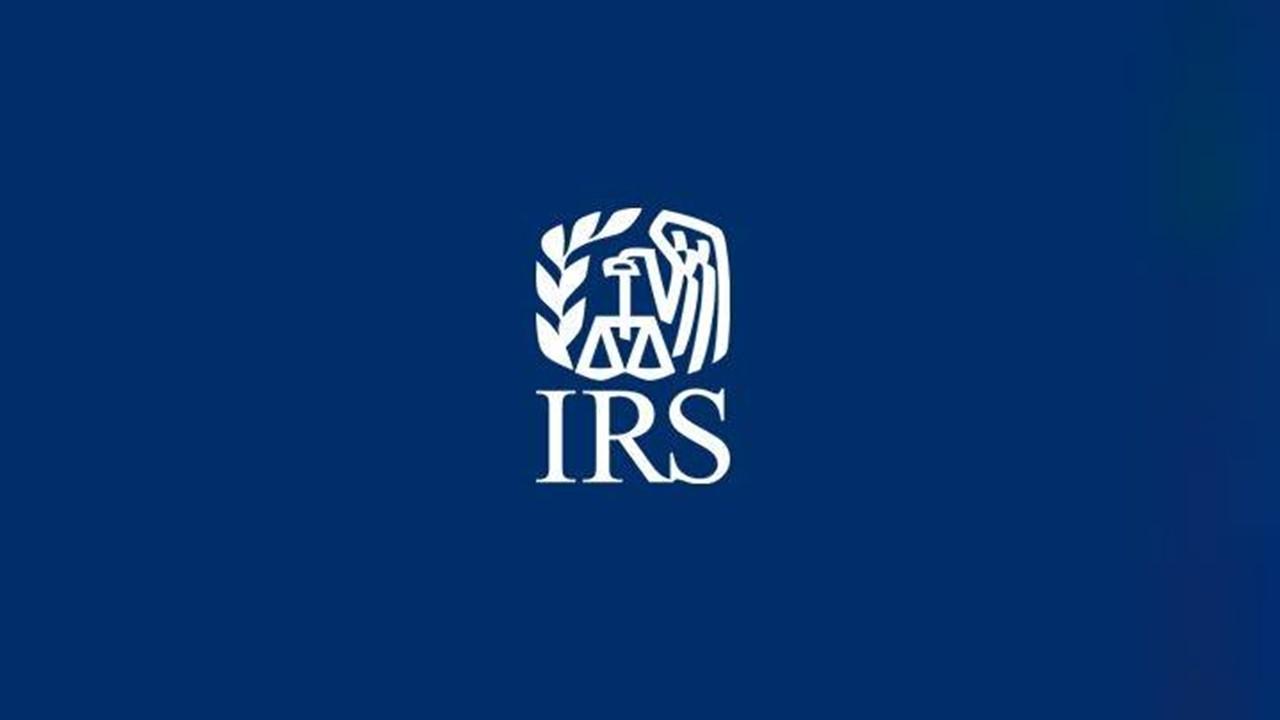How to Add a W-2 After Already Filing Taxes — Quick Fix
What happens if you already filed your taxes and forgot a W-2? Can you add a W-2 after you filed your taxes? Here's a quick fix and what to expect.
Feb. 7 2022, Published 3:07 p.m. ET

Frustrated young woman looking at laptop
Making mistakes on tax returns is common. However, trying to fix errors can be stressful, especially when the filer forgot a W-2. So, what happens if a person has already filed their taxes and they forgot a W-2? Can a W-2 be added after filing? Here's how you can fix the error.
Once a person files their tax return, they have to wait for it to be processed before they receive their return. It can get a little tricky if the person forgot a W-2. It's important to wait for all of the necessary W-2s to come in before filing, especially if a person worked multiple jobs that year. Don't worry though because mistakes can happen. Luckily there's a quick fix if you forgot a W-2.
What happens if I filed my taxes and forgot a W-2?
Depending on what the mistake was, the IRS might correct it for you. According to the IRS, “You don’t have to amend a return because of math errors you made; the IRS will correct those. You also usually won’t have to file an amended return because you forgot to include forms, such as W-2s or schedules, when you filed — the IRS will normally request those forms from you.”

Address to the IRS building and Dept of Treasury
However, if a person wants to be proactive instead of waiting for the IRS to contact them, they can file an amended return. To file an amended return, the person will have to use Form 1040-X, which is the Amended U.S. Individual Income Tax Return. There are some exceptions to completing this form. For an individual income tax return, filers can submit Form 1040-X electronically as long as they e-filed the tax return in question.
Can you add a W-2 after filing?
No, a person can't add a W-2 after they filed their taxes. If a W-2 was left out of the filing, how should a person complete Form 1040–X for their amended return? There are only three years that are eligible for an electronic Form 1040-X for 1040 and 1040-SR returns—2019, 2020, and 2021. According to the IRS, “If amending a prior year return, and the original return for that year was filed on paper during the current processing year, then the amended return must be filed by paper.”
Form 8879 is required every time an amended 1040 or 1040-SR is submitted electronically. Note that Form 8888 Allocation of Refund doesn't need to be attached since a refund for an amended return “cannot be directly deposited to an account.” To file electronically, amendment seekers are encouraged to contact their tax software provider to see if they can participate and what requirements need to be completed.
Additional forms might be required along with a person’s amendment. For Form 1040 and 1040-SR returns, the amendment or amendments need to be attached. Also, as stated by the IRS, it requires “submission of ALL necessary forms and schedules as if it were the Original 1040 or 1040–SR submission, even though some forms may have no attachments.”

How long does it take for a tax return amendement to be processed?
People are only allowed to submit up to three amended returns. If more than three are submitted, the extra ones will be rejected. The processing time for amendments is up to 16 weeks (or 20 weeks due to the COVID-19 pandemic) and that applies to paper and electronically-filed forms. Some situations can cause a delay in a person’s amendment being processed like the form having errors, not being signed, being returned with a request for more information, or having Form 8379 Injured Spouse Allocation attached.
There can also be issues of identity theft and fraud. Additional processing steps might be required by the IRS like routing to a specific place, bankruptcy clearance, approval by the revenue office, and a review of an appeal. To check the status of an amended return, you can visit the Where’s My Amended Return tool.
